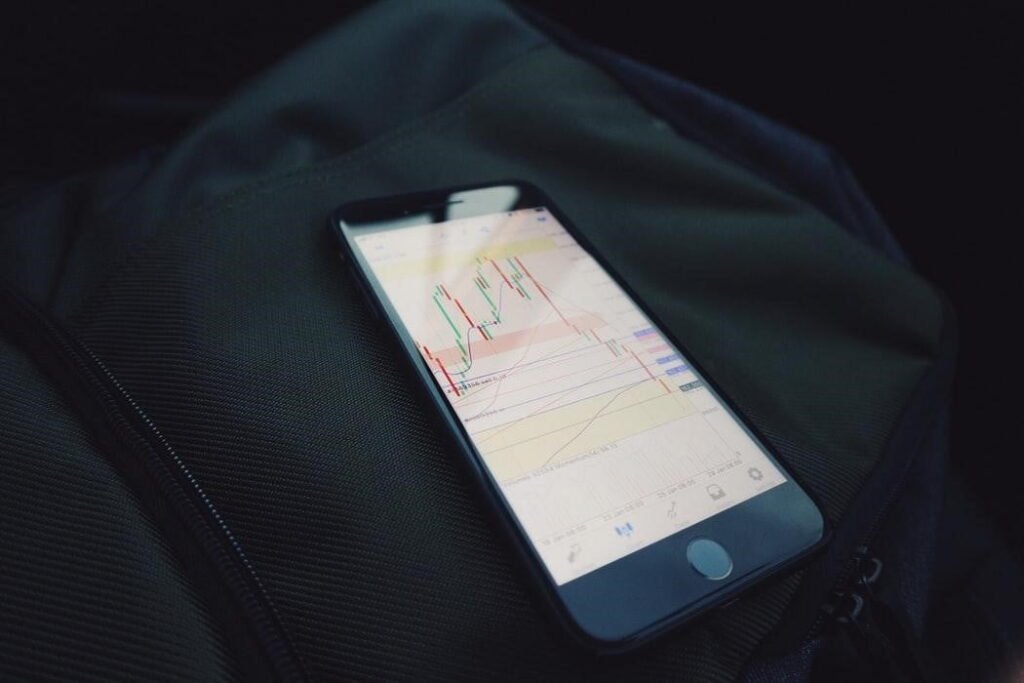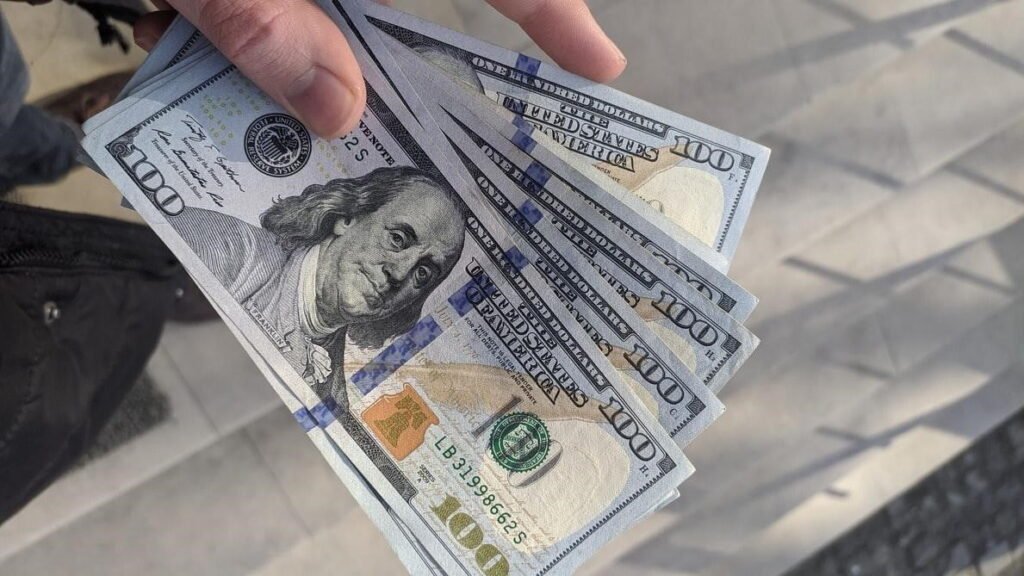The foreign exchange is not just enormous. It is bigger than any other financial market worldwide. Every single day, it sees transactions for over 5 trillion US dollars. This immense volume of currencies is exchanged by organizations and individuals. With Forex trading, you may also join in and profit from ever-changing currency rates.
Many traders who manage diverse portfolios today once started with currencies. For the most basic example of what is Forex trading, visit https://trade-in.forex/what-is-forex-and-how-does-it-work-simple-example/ — it is not rocket science! All currencies are priced in pairs and their values are always changing. A well-timed transaction can bring sizeable returns. Here is how it works.

Parties Involved
Essentially, there are two different layers of the market. The first level is the interbank exchange. Here, central and commercial banks buy and sell currencies, often on behalf of their clients. Individuals acting as retail traders are engaged in the OTC (over-the-counter) market. In comparison, their transactions constitute a fraction of the market. However, given its colossal size, profits can still be sizeable. So, what are the prerequisites to success?
How Profits Are Made
As a retail trader, you will access the intercontinental exchange via an intermediary. Companies known as brokers do the following:
- register trading accounts,
- provide software tools (platform),
- process financial transactions, and
- educate clients on the best strategies.
Your broker may also boost your buying power through leverage. For instance, to open trades for $100,000 you will only need a $1000 deposit (with 1:100 ratio).
In each pair, the ‘base currency’ is valued against the ‘counter’ or ‘quote currency’. For instance, the price for USD/CHF shows how many Swiss francs you need to purchase 1 US dollar. If the value is 1.2035, one dollar costs 1.2035 francs.
You always see two different prices at the same time — Ask (valid for the buyer) and Bid (valid for the seller). The former is always slightly higher than the latter, which is the general rule for any sale. To make a profit, you could buy a currency while it is cheaper and sell it back after the price spikes.
Generally, most of the trades worldwide involve the US dollar. Other most common currencies are the Euro and the Japanese Yen. All accepted pairs are classified as ‘Major’ (with the USD), ‘Minor’ (without the USD) or ‘Exotic’. Minor pairs (e.g., AUD/CAD or EUR/NZD) are still fairly liquid, while exotics (e.g., USD/TRY) include currencies of emerging economies priced against those of developed nations.

Digital Environment
Top platforms, such as MetaTrader 4, are provided free of charge. All newbies begin with the risk-free demo mode. This allows you to explore all software features (forecasting aids, charts, graphs, etc.), practice opening/closing positions, and get used to the system overall. Once you are ready for real deposits, switch to a live account and get down to business!
